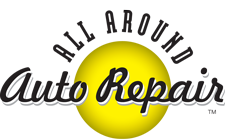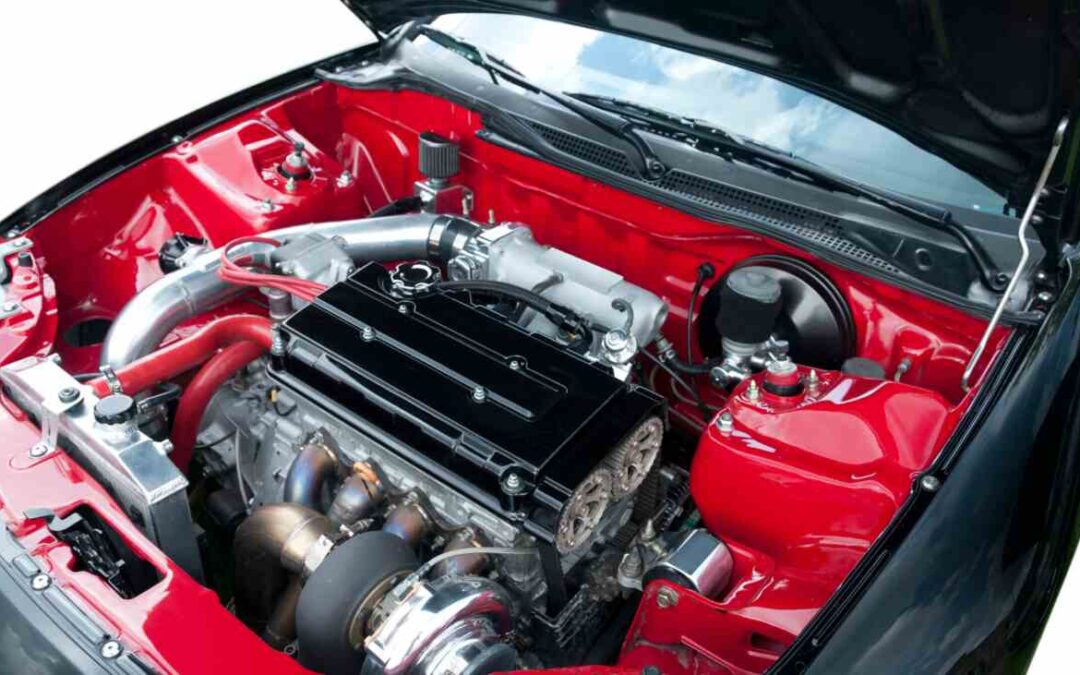In the automotive world, the debate between naturally aspirated (NA) engines and turbocharged engines is as old as the engines themselves. Here at All Around Auto Repair, we understand that choosing between these two types of engines can be a daunting task for many car enthusiasts and everyday drivers alike. That’s why we’ve put together this comprehensive guide to help you understand the differences, benefits, and drawbacks of naturally aspirated and turbocharged engines.
Understanding the Basics
Before diving into the comparison, it’s crucial to grasp the basic operation of these engines. A naturally aspirated engine breathes air through the vehicle’s air intake system, mixes it with fuel, and ignites the mixture to produce power. This process is dependent on atmospheric pressure and doesn’t rely on any external devices to force more air into the combustion chamber.
On the other hand, a turbocharged engine employs a turbocharger, which is essentially a turbine-driven forced induction device. It compresses the air flowing into the engine, allowing more oxygen into the combustion chamber, thus producing more power from each explosion in the cylinders.
Power and Efficiency
Turbocharged engines are often hailed for their superior power and efficiency. The turbocharger’s ability to force more air into the engine means it can generate more power from a smaller-sized engine compared to a naturally aspirated one. This has made turbo engines particularly popular among manufacturers aiming to meet strict fuel efficiency and emissions standards without sacrificing performance.
Naturally aspirated engines, however, have their charm. They offer a linear power delivery, which many driving purists prefer for its predictability and smoothness. The lack of forced induction means there’s no turbo lag – the delay between the driver pressing the accelerator and the turbo delivering increased power – offering a more immediate response.
Reliability and Maintenance
When it comes to reliability and maintenance, naturally aspirated engines typically have the upper hand. With fewer moving parts and no dependency on a turbocharger, there’s less that can go wrong. NA engines are known for their longevity and tend to have a simpler maintenance routine compared to their turbocharged counterparts.
Turbo engines, while having improved significantly in reliability over the years, still require more attention. The turbocharger itself can be a point of failure due to the high temperatures and speeds at which it operates. Additionally, turbocharged engines may require more frequent oil changes and other maintenance to ensure optimal performance and longevity.
Cost Considerations
From a cost perspective, naturally aspirated engines are generally cheaper to buy and maintain. The simplicity of their design and the absence of a turbocharger contribute to lower initial costs and potentially lower repair bills down the line.
Turbocharged engines, despite their higher initial cost, offer the advantage of better fuel economy and the possibility of lower emissions, which could translate into savings and benefits over the long term. However, potential repair costs, particularly related to the turbo system, can be higher.
Driving Experience
For many enthusiasts, the choice between NA and turbo engines comes down to the driving experience. Naturally aspirated engines are celebrated for their direct connection between the throttle pedal and the engine’s response, offering a pure driving pleasure that is hard to replicate with turbocharged units. The sound of a naturally aspirated engine is also a significant factor for many, as it provides a raw, unadulterated engine note that many car enthusiasts adore.
Turbocharged engines, with their boost in power and efficiency, bring a different kind of excitement. The surge of power as the turbo kicks in can be exhilarating, and for those looking for an adrenaline-pumping drive, a turbo engine can be incredibly satisfying.
In conclusion, the choice between a naturally aspirated and a turbocharged engine is not one-size-fits-all. It depends on individual preferences, driving styles, and priorities. At All Around Auto Repair, we appreciate the unique qualities and benefits that both types of engines bring to the table. Whether you prioritize the simplicity and reliability of an NA engine or the power and efficiency of a turbocharged unit, there’s no wrong choice—only what’s best for you.
Remember, regardless of your choice, regular maintenance and care are key to ensuring your engine’s longevity and performance. We’re here to help with expert advice and professional services to keep your vehicle running smoothly. Enjoy the drive!




